Canon has recently unveiled the Canon EOS R7 and EOS R10, marking its first RF-S mount cameras featuring APS-C sensors. However, speculations are already emerging about an upcoming Canon EOS R100 model, which is expected to have an even lower price point than the EOS R10. This could be promising news for photography enthusiasts during these financially challenging times.
As per the recent rumors, the EOS R100 is anticipated to be a more budget-friendly option below the EOS R10, offering a new entry-level mirrorless camera for buyers. It could potentially serve as a replacement for the Canon EOS M50 Mark II, utilizing RF family lenses instead of the less popular EF-M lenses.
The RF lens series was originally designed for full-frame cameras, but newer RF-S lenses are specifically tailored for APS-C sensors. There are hints that more RF-S lenses may be on the way, which would be beneficial for the EOS R100.
The Japanese site Asobinet forecasts that the camera will launch in the first half of 2023. While the source is labeled “unreliable,” the typically credible Canon Rumors suggests that a model below the Canon EOS R10 seems very plausible. We have compiled the latest theories along with our expectations for what Canon’s most affordable RF-mount camera will bring to the table.
Pricing and Launch of Canon EOS R100
While there are currently no specific price predictions for the EOS R100, the EOS R10 gives us a reference point. The EOS R10 retails for $979 / £899 / AU$1,499 for the body alone.
It is reasonable to expect the Canon EOS R100 to be priced similarly with a kit lens (such as the new RF-S 18-45mm F4.5-6.3 IS STM), or even a couple of hundred dollars lower for the body-only version.
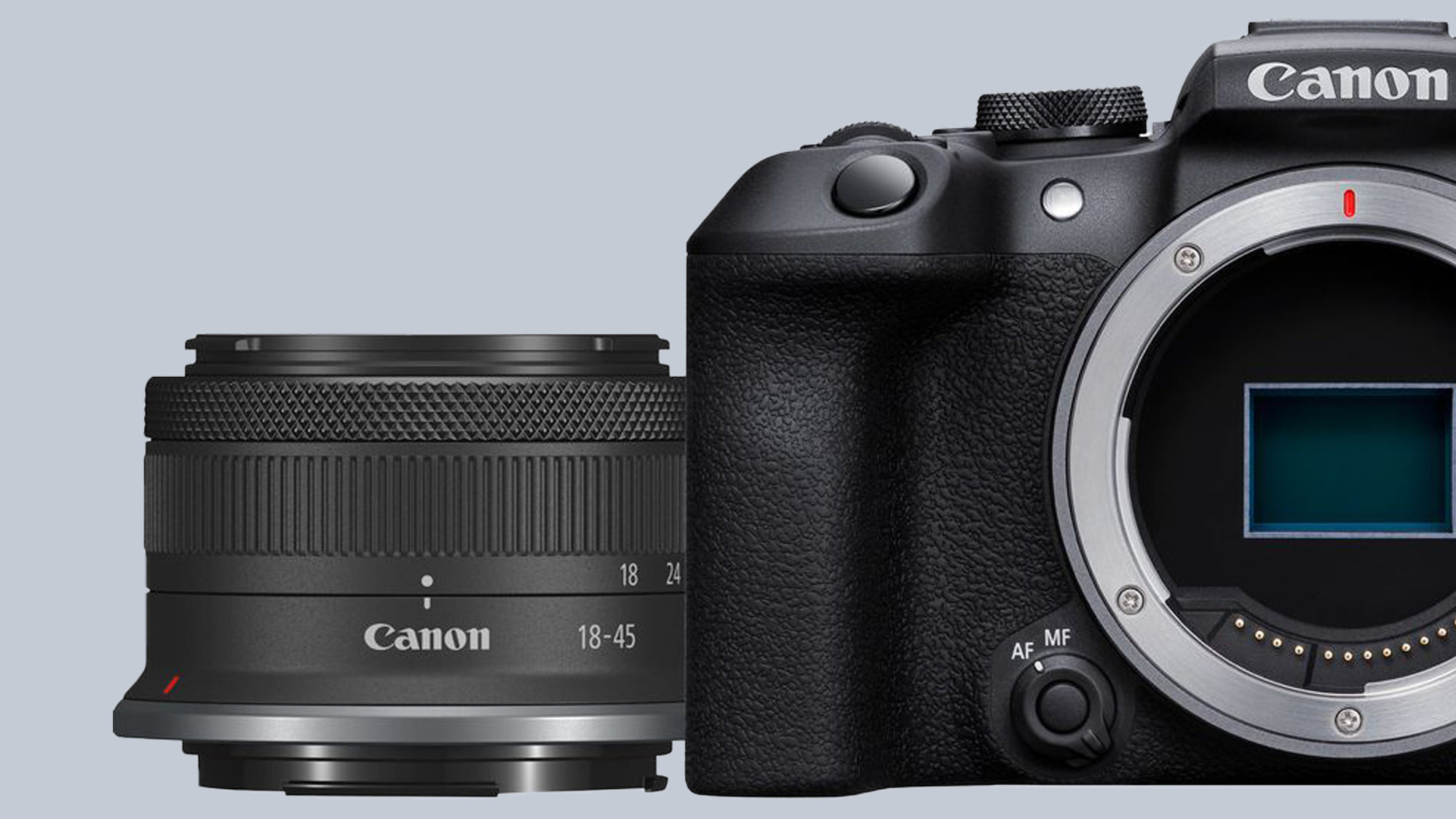
Some speculate a price as low as $599, which aligns with the current EOS M50 Mark II. However, that could be an optimistic expectation, and it wouldn’t be surprising if the new model comes in slightly higher.
The Canon EOS R100 aims to enhance the EOS M50 Mark II by addressing some of its notable video shortcomings and providing a lens system that feels more future-proof for casual photographers. Here’s what we anticipate seeing in the new camera.
1. Design: Can the EOS R100 be more compact?
There are two clear directions the Canon EOS R100 could take, both inspired by Sony’s budget-friendly cameras.
Like the Sony A6100, Canon might create a camera equipped with standard features such as an electronic viewfinder, but with downgraded specifications. Alternatively, it could opt for a stripped-down version designed specifically for budget-conscious content creators, similar to the Sony EV-Z10.
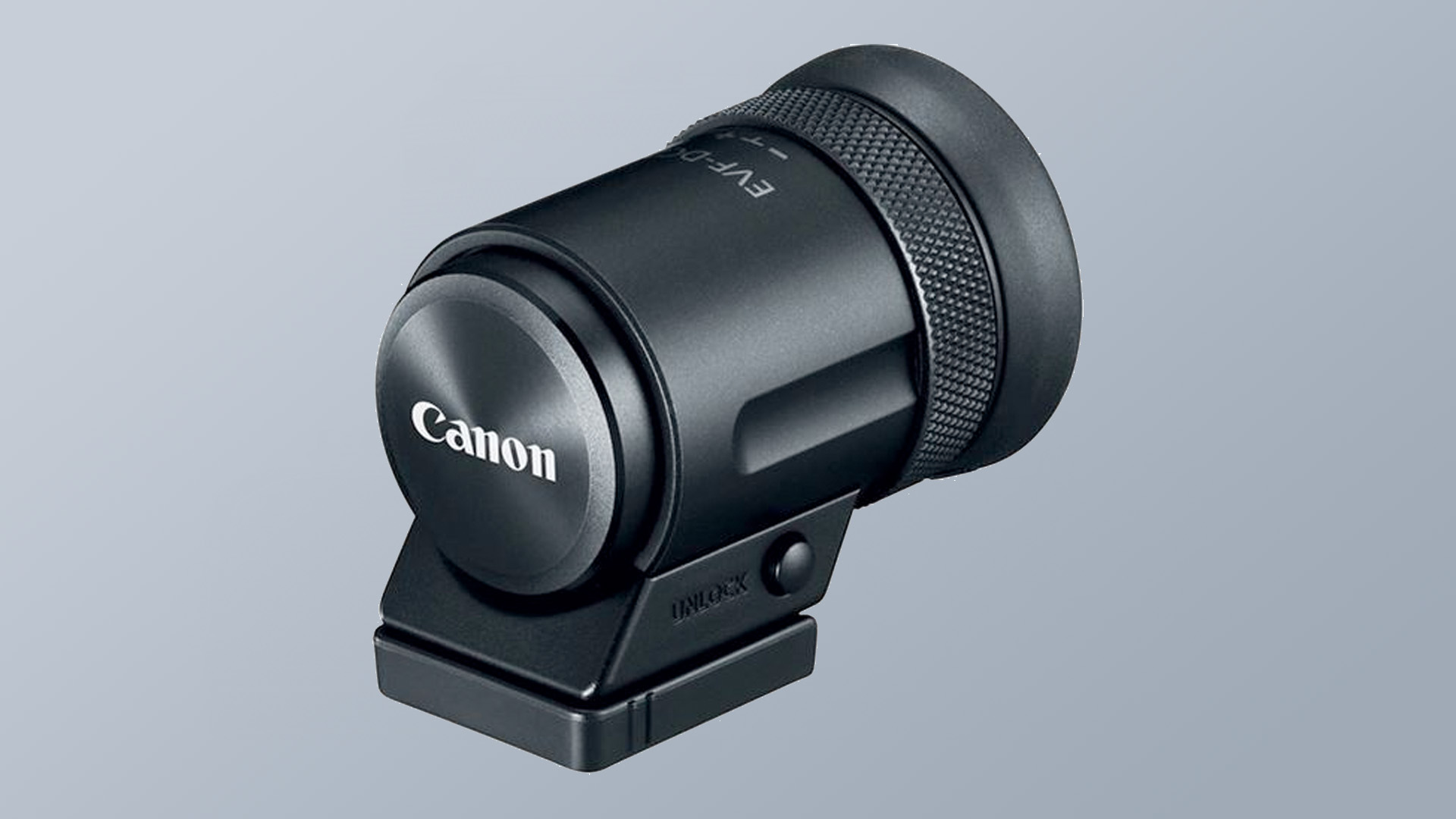
The latter approach could be more exciting. However, the Canon EOS R100 designation implies it will likely be a standard APS-C camera akin to the Canon EOS M6 Mark II.
Inexpensive pro-style cameras tend to be smaller and lighter than their pricier counterparts, but the methods to slim down the design from the EOS R10 template are not readily apparent. The EOS R10 lacks any official water or dust sealing and does not include a bulk-adding IBIS system, weighing a manageable 429g with a battery and SD card. That’s a reasonable weight. The large RF-S lens mount also restricts how much smaller the body can become.
That said, Canon could reduce the size of the grip and consider using a slot-in EVF similar to that of the Canon EOS M6 Mark II. This would eliminate the protrusion found on the top of other R-series models. Providing bundles with and without the EVF would also enable Canon to drop the entry price even further—though you can expect higher prices if purchased separately afterward.

Utilizing a lower-quality casing could also aid in minimizing weight and slightly cutting costs. We noted in our review that the EOS M6 Mark II’s build quality could be improved. However, if sacrificing build quality is necessary to hit the right price for the Canon EOS R100, it may be worth considering.
Canon might also simplify the control layout, possibly eliminating the dial near the shutter button on the EOS R10, as a more compact design will leave less room in the hand grip for such features.
2. EVF: A 2.36M-dot EVF, please
An argument in favor of an optional removable viewfinder for the EOS R100 is that the EOS R10 has a relatively low-quality EVF. The R10 features a 2.36-million dot EVF, roughly equal to 1024 x 768 pixels.
On the other hand, there’s also a 1.44-million dot EVF, which translates to 800 x 600 pixels. While the Sony A6100 is equipped with this resolution, it was released in 2019—four years before the anticipated R100 launch. Times are changing, and expectations have certainly escalated.
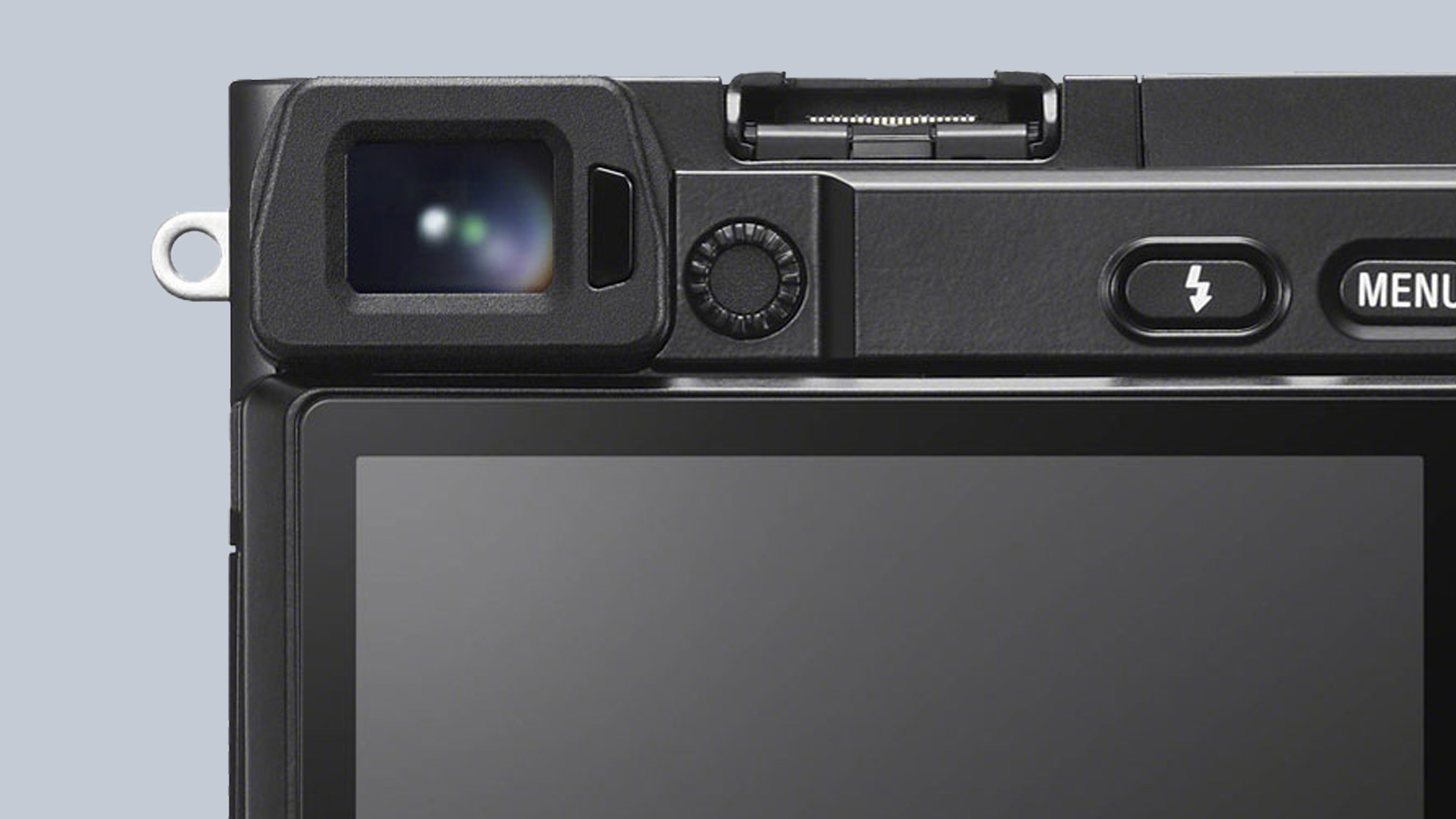
Ideally, the Canon EOS R100 would feature a rangefinder-style EVF setup, with the viewfinder located off to one side instead of centered.
This design aims to give the camera the streamlined look of the EOS M6 Mark II while still keeping the EVF integrated rather than relegating it to an awkward ‘optional accessory’ that sits in the hotshoe. However, this approach isn’t typical for Canon, raising concerns about whether there is enough space to accommodate the EVF, especially with the larger RF lens mount taking up room.
Initially, we were worried that the price of $599 for a 2.39M-dot EVF would be too steep. But then we recalled that the EOS M50 Mark II also features this resolution at the same price. The trade-off here will be in magnification, which means the EVF image will appear smaller compared to higher-end models.
3. Sensor and AF: Dual Pixel CMOS AF II
The Canon EOS R100 is expected to utilize the same 24MP APS-C sensor as the EOS R10, ensuring that image quality will be quite similar.
This also implies that it will have a comparable autofocus system, benefiting from the AF points on the sensor. Canon refers to this system as Dual Pixel CMOS AF II. The EOS R10 boasts 651 autofocus points in standard mode and 4,503 when single-point AF is manually selected.

Given that the Canon EOS R100 is also likely to come equipped with the Digic X processor, it should be capable of eye, face, body, vehicle, and animal tracking like the EOS R10.
However, Canon might decide to omit some secondary recognition modes to clearly differentiate between the R10 and R100.
4. Performance and buffer: is 14fps realistic?
The latest leak suggests that the Canon EOS R100 will shoot up to 14fps, which is significantly faster than the FujiFilm X-T200’s 8fps and the Sony A6100’s 11fps.
Nonetheless, these speeds are still a bit slower than the EOS R10, which can achieve 15fps with mechanical shutter and 23fps with electronic shutter, making it somewhat realistic.
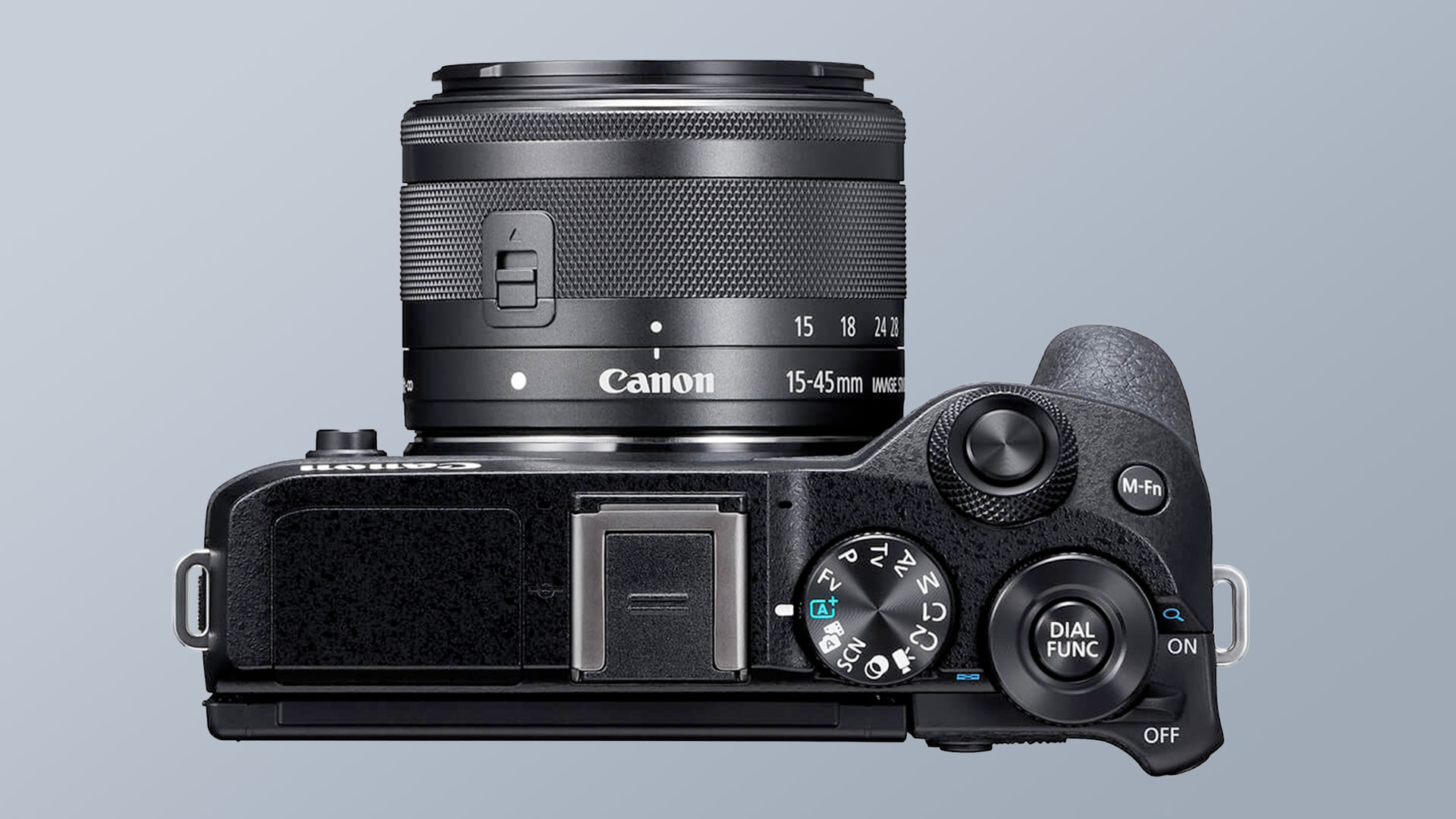
It’s likely that the Canon EOS R100’s buffer will fill up quickly, causing the camera to slow down as it processes the data. You might only be able to capture a couple of seconds worth of raw files or a few JPEGs before you hit this limit, which should still suffice for getting some clear shots of your pet.
5. Video: full-width 4K/30p
According to a leak from Asobinet, the Canon R100 is expected to record 4K video at 30 frames per second, but not 60fps.
This specification aligns well with other APS-C competitors in the same price range. The FujiFilm X-T200 is restricted to 4K/30p, while the Sony ZV-EV10 offers only 24p and 30p. Eventually, entry-level APS-C cameras will start supporting 4K/60p, but the Canon EOS R100 doesn’t seem poised to be one of them.
What we’re hoping for is 4K/30p and 4K/24p without a crop, which means the footage would benefit from oversampling from 6K data. Additionally, we expect robust electronic and software stabilization for those wishing to film casually in 1080/60p.
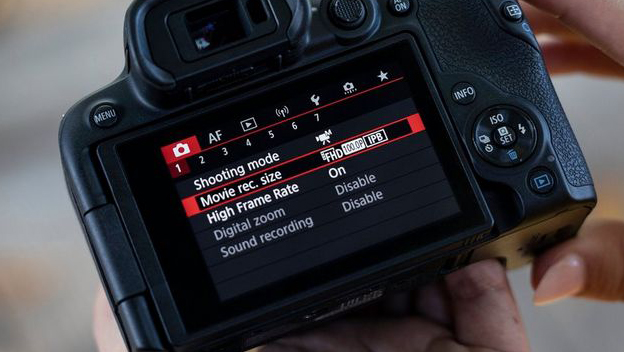
We’d also like to see phase-detect autofocus (PDAF) operational during 4K recording to ensure a consistent experience. Users shouldn’t have to question why autofocus performance dips when switching to 4K video.
However, the Canon EOS R100 won’t be primarily aimed at content creators. Its higher-end sibling, the EOS R10, lacks a flat Log shooting mode, suggesting the R100 will likely follow suit. It may also not feature HDR PQ mode, which captures in YCbCr4:2:2 10-bit color.
That said, much of the target audience for the R100 may not be familiar with terms like Log and 4:2:2. Its purpose is to be user-friendly and budget-friendly, and by enhancing its video features beyond those of the EOS M50 Mark II, Canon aims to make the EOS R100 an appealing choice for budget-conscious mirrorless camera buyers.

